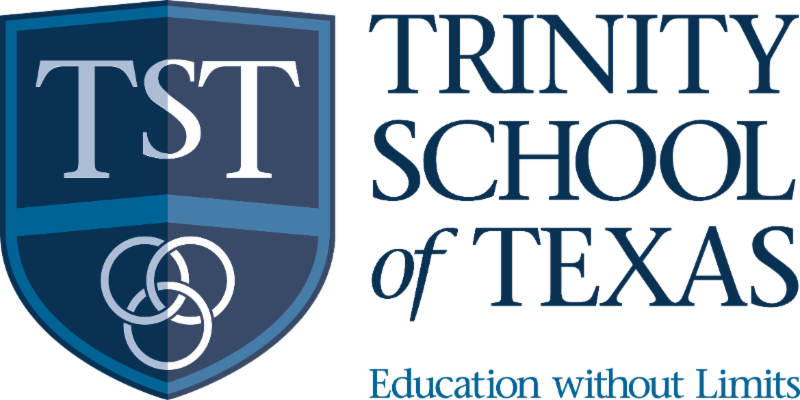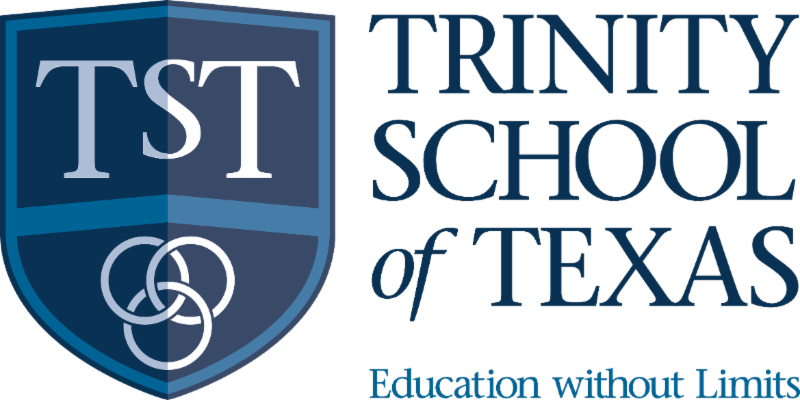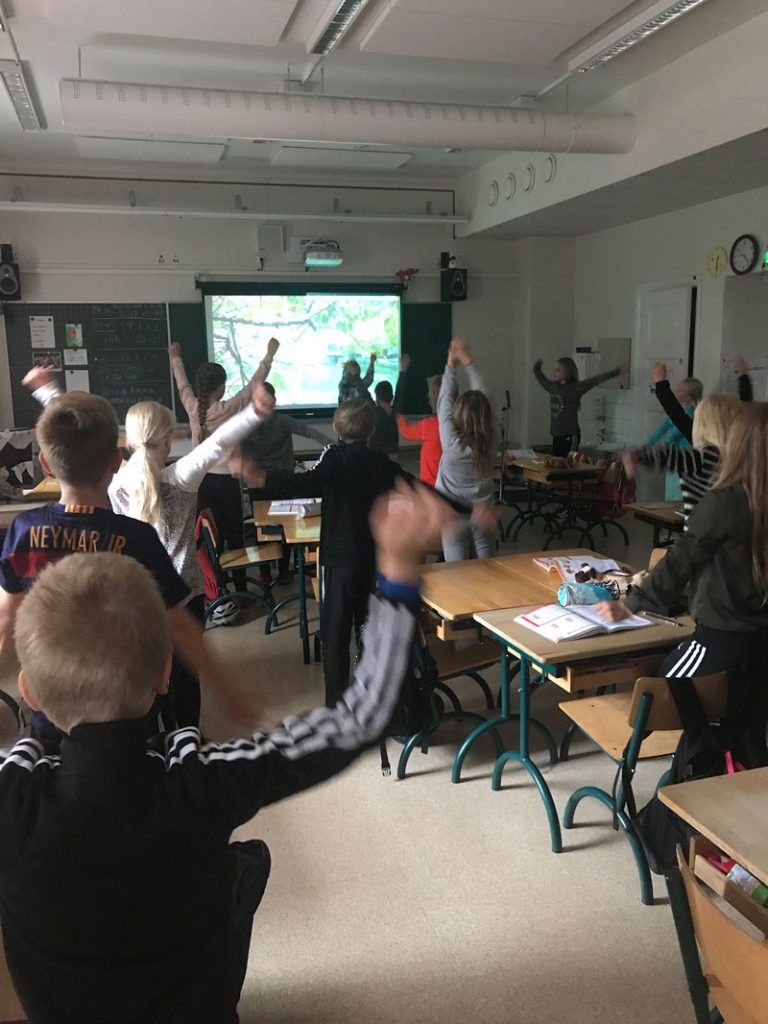In September 2017, three colleagues and I were given the opportunity to travel to Tampere, Finland, and participate with educators from around the world at a symposium on the Finnish Education system hosted by the Creative Council of Education located at the University of Tampere.The symposium provided the opportunity for educators to tour Finnish schools from pre-K to university level in both Tampere and Helsinki. Additionally, we spent time with administrators, professors and politicians as they explained the policies and philosophies that they believe shaped their world-renowned and highly successful public school system, which has consistently hovered at the top of all international testing scales.
While many of the factors for success are unique to Finnish culture, like a small, homogenous population which produces a very distinct and strong sense of shared cultural identity, and thus may not easily be adopted to a vastly heterogenous American school system, there are a couple of fundamental truths that I believe could be universally considered.
First, the teaching preparation programs at Finnish universities are highly competitive. It’s been said that it’s easier to get accepted into law or medical school in Finland than teacher training programs. Only the top 5 to 7% of applicants are accepted.
What this creates is a highly motivated, ambitious, and ultimately top-notch field of educators who relish what they do and are committed to being the best. To be honest, Finland is not renowned for education-based research or production of new and innovative pedagogy. However, Finland does produce teachers who study the innovation that is researched and marketed by places like the U.S., Canada and Australia, and consistently adopt and utilize current best- practice in their schools.
Another key policy that the Finns believe helps their children to be successful is the highly government subsidized day care and pre-K programs. Like elementary and upper school teachers, all early learning teachers and daycare workers must have, at a minimum, a bachelor’s degree and have taken part in the same competitive teacher programs as elementary and highschool teachers. Students get the best of the best from the very start.
The emphasis at the earliest of ages is independence, outdoor and creative play, and learning to appreciate culture and nature. Young children are taught to do for themselves. Our group saw two and three year olds carrying their own glass dishes and drinking glasses at lunch, cleaning up their own tables after eating, dressing themselves to play outside and spending a lot of time independently playing both indoors and outdoors. The Finns highly value independence in children. Most parents work, and starting from first and second grade, children get themselves to school on their own and get home via public transportation or bicycle. There is no concept of “helicopter” parenting; children are expected to take up their responsibilities early and this is built into their psyche from the time they learn to walk and talk.
The only state-mandated test students take is their Matriculation exam upon graduation from high school. There is no other testing except for what teachers give their own students to evaluate whether or not the students are learning the material. The emphasis in school is on learning, not testing. However, students understand that everything rides on their multi-day, high stakes Matriculation exam. If they are headed to university, students must score very well on the test. If students have chosen an alternate education route, there are similar tests that are more specific to the subject for which the student has been studying or apprenticing. High scores on these tests will allow voc/tech students to gain access to higher-level training and apprenticeship programs. Students have prepared their entire educational career for this one test and they do not take it lightly.
Starting in 7th grade, students in Finland are counseled and guided toward an educational route that best fits the student’s goals and abilities. In Finland, there are two very distinct tracks. Students are either headed toward university and therefore are committed to classes and learning that is geared toward that ends. Or, students are tracked toward technical or vocational education. Unlike the stereotypical image of the student who chooses this route, Finnish technical high schools are state of the art, highly competitive, and include programs for business and entrepreneurial-minded students, computer science, teaching, and engineering.
Students, however, are not locked into these tracks. They may switch if they so desire, but most students don’t because they have already spent several years meeting with school career counselors who have helped them to explore their interests and work towards their chosen track. The system also provides a fail-catch in the ninth grade for students who need more time before choosing a track. These students will spend an extra year taking general courses before they apply to a more distinct track. Other smaller tracks are available for fine-arts, such as cooking, music, or textiles. If a student can not pass the exams at graduation, he or she is given extra time and training to help get the student ready. It is very hard to fail in this system, and their graduation rate is 96% and higher.
Finally, an important Finnish cultural value that precipitates high teacher standards, strong early childhood development, little to no high-stakes testing, and multiple high school learning tracks, is the Finnish belief that one person’s educational success benefits all of society. The Finns have a very “collective” understanding of how society works. They believe that society can only flourish when all students are afforded the same opportunities regardless of socioeconomic status (which means, in short, private schools are persona non grata. It’s just not something that society there believes in). The emphasis in their school system is less about competition and more about cooperation and trust. This value is, in fact, a point of pride for the Finns. One for which they are happy to wax philosophical and elaborate upon, especially when you find yourself among Finnish peers stuffed into one of their many wonderful saunas.
Visiting Finland was the opportunity of a lifetime and I enjoyed my time there immensely. The hospitality and pride of the Finnish people was heartfelt, and I wish more educators had the opportunity to visit a place where public education is enjoying much success and world-wide respect.
Kacey Magestro
Middle School Language Arts Teacher

 Login
Login


